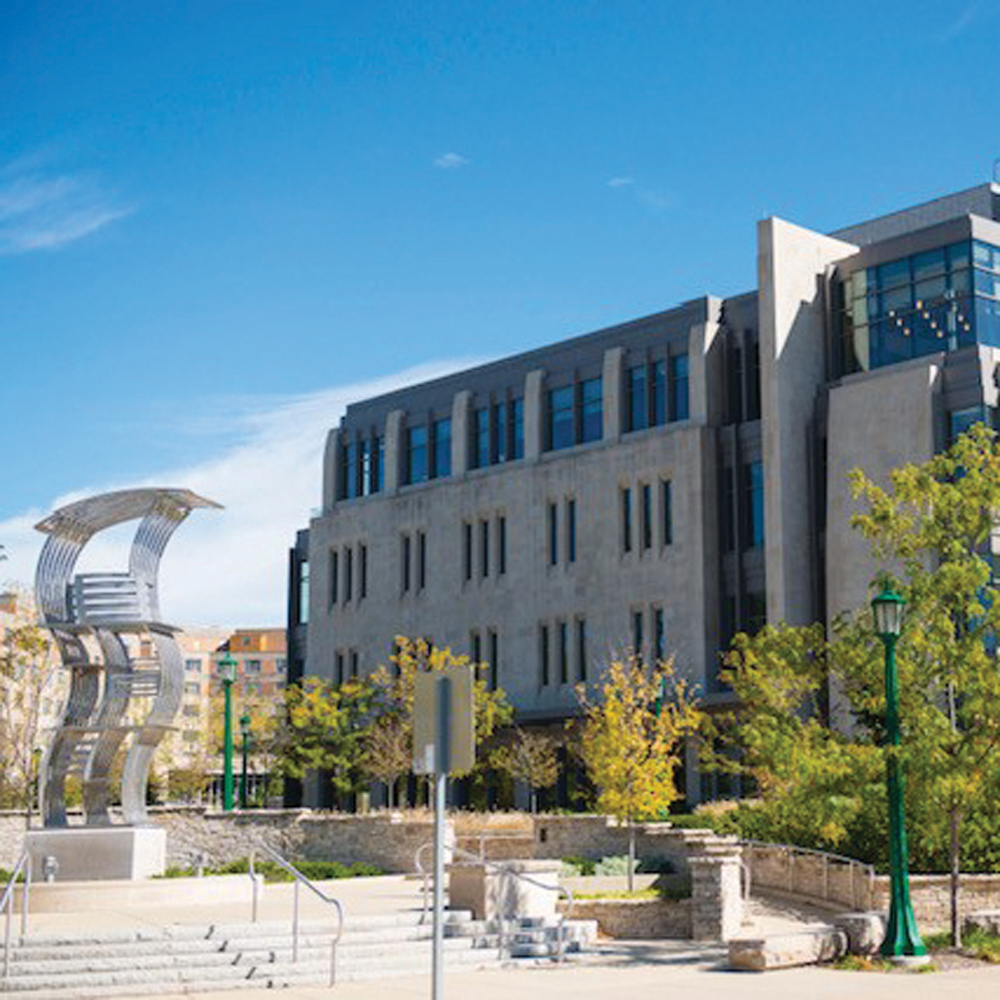A HUGE LEAP FORWARD IN PIANO PERFORMANCE EDUCATION AT INDIANA UNIVERSITY BLOOMINGTON
In concert halls around North America, Europe, Asia, and South America, Norman Krieger impresses audiences with his artistic depth, sensitivity, and virtuosic flair. Critics at The Los Angeles Times, New York Times, and Washington Post have lauded his performances.
When the Los Angeles native explored the Spirio | r Model B at Indiana University’s Jacobs School of Music, he never anticipated a perfect reproduction of his playing, but that is precisely what he got.
 “Spirio | r recorded and played back a 360-degree replication recording of my performance,“ said Krieger, professor and piano chair at Jacobs, which consistently ranks among the top music schools in the country. Every aspect of refined dynamics, voicing, touch, tone, and pedal replication was captured in stunning detail, he observed.
“Spirio | r recorded and played back a 360-degree replication recording of my performance,“ said Krieger, professor and piano chair at Jacobs, which consistently ranks among the top music schools in the country. Every aspect of refined dynamics, voicing, touch, tone, and pedal replication was captured in stunning detail, he observed.
Professor Krieger explained that from the bench, pianists do not hear the same sound sonority as the audience. An open lid can function like a magnifying or amplified projectile of resonances in a concert hall. “Spirio | r technology is so accurate that after a playback, students can hear what their performances actually sounded like as an audience member would hear it. I believe this is a huge leap forward in piano performance education.”
Recording live performances boil down to the placement of microphones. “With digital recordings, we are hearing from where the microphones have been placed, either directly above the piano or 5 to 10 feet raised in the air. When we attend a concert, we do not sit in those places,” he said. “Microphones do not process sound the way our ears do. Perhaps the greatest achievement of Spirio | r is that we can hear what the performer sounded like in a live performance. So years from now, we can attend and enjoy a recital recorded on this technology.”
Spirio | r recorded and played back a 360-degree replication recording of my performance.
He said the ability to record several performances in succession – or even sections of a composition – offers students a chance to experiment with refining pulse, tempo, dynamics, and pedaling between the hands or in registers.
Professor Krieger sees tremendous upside with Spiriocast – live broadcasting between Spirio | r pianos. “This is one of the most important tools we can use. Masterclasses can happen in real-time with someone in Shanghai or Berlin and we could hear them on our Spirio | r. We could potentially use this capability for live international auditions, and this technology could help streamline our ability to recruit students globally,” he said.
photo above left: Patrick Eddy, IU Jacobs School of Music